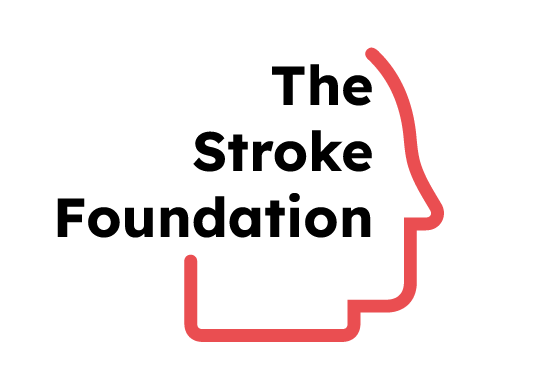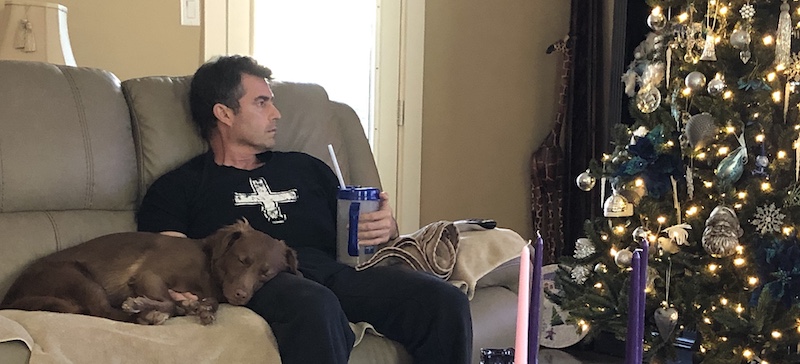Stroke in Young Adults: A Growing Concern With Lasting Impact
When people think of stroke, they often picture an older adult. But the truth is, stroke can happen at any age, and it's happening to younger people more and more.
In the United States, strokes in people under 50 now account for up to 1 in 10 of all cases. And that number is rising.
For young adults, a stroke is more than a medical emergency. It can be a life-changing event that affects relationships, work, identity, and long-term wellbeing. Yet this group is often overlooked in stroke awareness, prevention, and recovery resources.
Why Are More Young People Having Strokes?
There isn’t one single reason, but a combination of factors may be contributing to the rise in strokes among younger adults. Some of these are medical, others are behavioral, and many are preventable.
Common contributors include:
- High blood pressure and uncontrolled cholesterol
These conditions are showing up earlier in life and often go undiagnosed in young people - Birth control and hormone-related risks
Hormonal birth control can increase the risk of clot-related strokes, especially in people who smoke or have migraines with aura - Drug use and tobacco
Stimulants like cocaine and amphetamines can cause sudden narrowing or tearing of blood vessels, leading to stroke - Head and neck trauma
Sports injuries or car accidents can sometimes lead to stroke through torn arteries or blood clots - Underlying conditions
Autoimmune disorders, clotting disorders, congenital heart issues, and inherited diseases like sickle cell anemia can increase stroke risk - Lifestyle-related risks
Poor diet, inactivity, chronic stress, and lack of sleep can all contribute, especially when paired with other risk factors
Why Stroke Hits Differently at a Young Age
Younger stroke survivors face a unique set of challenges. Life is often filled with responsibilities like raising children, building careers, or managing relationships. A stroke can disrupt every part of that picture.
Here’s how stroke can impact young people differently:
- Delayed diagnosis
Because stroke is considered rare in younger people, symptoms are sometimes misdiagnosed as migraines, anxiety, or even drug use - Work and income loss
Many young survivors are in the middle of their careers and may not have disability coverage or savings. The financial toll can be devastating - Long-term disability
Even mild strokes can leave lasting effects like weakness, speech difficulties, memory loss, or fatigue that impact daily life for years - Emotional and mental health strain
Depression, anxiety, PTSD, and identity loss are common. Many survivors feel isolated, especially when peers don’t understand what they’re going through - Shifting relationships
Partners may become caregivers. Parents may become dependents. Friendships may fade. The social impact is real and often underestimated
What Young People Need to Know
Awareness and action are critical. Stroke is often preventable, and when it does occur, fast recognition and treatment can save lives and reduce long-term effects.
Know the Warning Signs
Use the B E F A S T acronym:
- Balance
- Eyes
- Face drooping
- Arm weakness
- Speech difficulty
- Time to call 911
Don’t wait. Don’t drive yourself. Don’t assume you’re too young to have a stroke.
Prioritize Prevention
- Get regular checkups, even if you feel healthy
- Know your blood pressure and cholesterol levels
- Don’t ignore migraines, especially if they come with aura
- Avoid smoking and recreational drugs
- Talk to your doctor about birth control, especially if you have other risk factors
Recovery Is Possible, But It Looks Different for Everyone
Stroke recovery isn’t linear, especially for younger survivors. Some regain skills quickly. Others spend years rebuilding strength, speech, or identity.
Whether you’re working through physical therapy, adjusting to cognitive changes, or simply trying to find your new normal, it’s okay to take your time. It’s okay to grieve. And it’s okay to ask for help.
You’re not alone.
At The Stroke Foundation, we support survivors and caregivers of all ages through financial aid, educational resources, community connection, and one-on-one navigation. We believe that everyone deserves a chance at recovery, no matter when stroke strikes.
Final Thoughts
Stroke in young people is no longer rare. But with better awareness, early intervention, and the right support systems in place, we can prevent more strokes and help more survivors thrive.
If you or someone you love has experienced a stroke under 50, we see you. We’re here for you. And we’re working every day to build a world where recovery is possible for everyone.


%20(2)%20(1).png)



